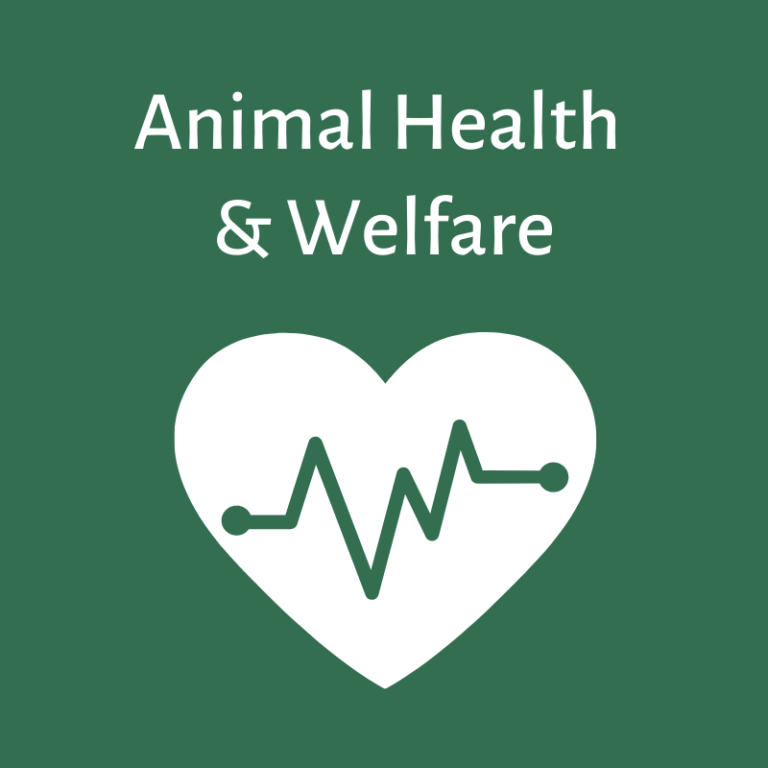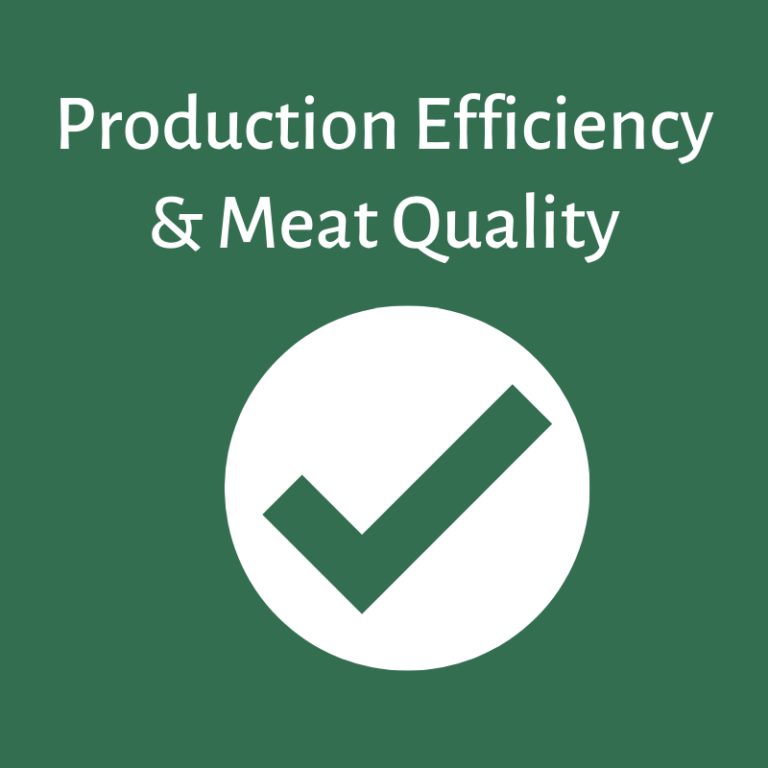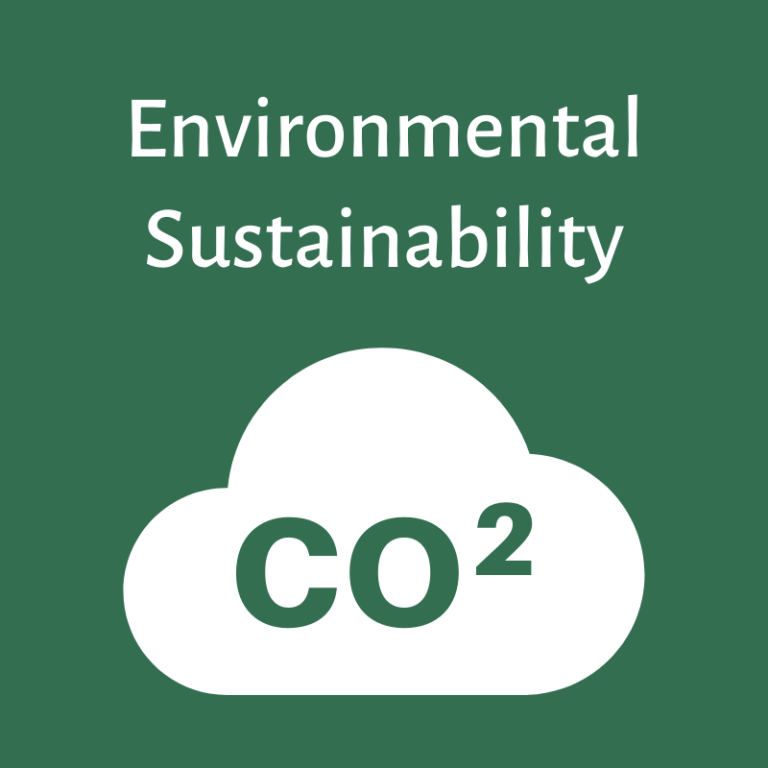
https://ec.europa.eu/eip/agriculture/en/find-connect/projects/bovine-beef-innovation-network-europe
Liivimaa Lihaveis is a non-profit organisation from Estonia which aims to ensure animal welfare and sustain the biodiversity of grasslands, every single member of which is a certified organic beef producer. However, many carcasses from grass-fed animals were either too small (under 250 kg) or showed poor fatness; therefore, Liivimaa Lihaveis has created a government-certified quality scheme: ‘grass-fed beef’, which includes yearly farm inspections in order to help farmers reach the desired carcass characteristics.
The grass-fed beef quality scheme currently has 112 farms as members, with mostly Aberdeen Angus and Hereford breeds and a medium farm size of 30 suckler cows, where young bulls are castrated. Cattle are finished totally on grass or with a combination period of grazing with silage and hay offered indoors in winter (grass intake from May to October and silage and hay intake from November to April). In the video linked to below images of these types of animals are shown.
The ‘grass-fed’ quality scheme implies the following:
- A carcass weight of 250–350 kg;
- A SEUROP fatness score between 1 and 4, but the recommended for a higher price is 3; and
- Age at slaughter: less than 30 months for castrated animals and bulls (not castrated) under 24 months.
All the carcass data are analysed and farm inspections are carried out every year to help solve issues to improve quality. The quality scheme was approved in 2014 by the Estonian Veterinary and Food Board. During the first few years, the farms were inspected annually by independent consultants, but as no feedback was given to the farms no quality development of carcasses was achieved. Then a more individualised process began where each farmer was shown their carcass data. The farms with the best management are now also identified in order to provide them as examples to other farmers, which helps the knowledge exchange among peers and encourages improvement.
Liivimaa Lihaves pays for the slaughter service and buys the carcasses at contracted slaughterhouses, ensuring the proper data acquisition of carcass quality per head slaughtered. The slaughterhouse personnel are inspected by the local country officials. Each farmer has carcass data of the animals slaughtered in the last year and every year a third-party inspection is carried out on the farm with a discussion between the consultant and the farmer in order to improve carcass quality, for example, by giving them advice related to animal feeding or husbandry. Possible issues may arise in the weaning of the young herd, a poor grazing system, or overall lack of quality of the winter feed and housing.
Inspection of the farms is a long process, and the inspections are always carried out in the wintertime and paid for by the farmer. The inspector, together with the farmer, observes the amount of feed, the availability and amount of salt and minerals for the animals, the way drinking water is made available in the winter, how muddy the farmyard is, and whether there is enough straw to keep the animals dry. Plans for pasture usage in the summer, whether there will be enough grass feed, how the grazing will be rotated, etc. are also checked.

Examples of products in the grass-fed beef quality scheme
The main benefits of this quality scheme are the higher quality of meat and additional income for the farmer. Farmers are paid the best price for 280–300 kg of the carcass, R of conformation, and 3–4 on the fatness scale, which is €0.50 higher per kg of carcass weight than the average price. On the other hand, the main idea of the quality scheme, apart from improving production and quality, is to improve animal welfare. Carcass quality is the result of the process of grass-fed cattle, but if the farmer and the consultant improve the grazing rotation and the farmer is convinced of the importance of winter feed quality and takes feed and faeces samples for analysis to see whether there are also problems with internal parasites, for example, the overall welfare of the farm animals is improved.
Nevertheless, some farmers refuse to invest or to change their management practices, which constitutes the main challenge in implementation. The climate has changed greatly recently; winters are warmer and very rainy, which makes it difficult to keep cows outside and compromises animal welfare. So, due to the low prices in general and the low level of subsidies compared to other EU countries, in Estonia it is sometimes difficult to convince producers to invest in improvements, such as winter protection facilities. But if the farmer leaves the scheme, nothing is improved and the result is that they receive less money from their animals and the meat is not sold as quality beef, but used in products and minced meat instead.
However, if it is impossible to invest in buildings and feed-yards, there are other ways to improve animal production and welfare, such as decreasing the number of animals (sell the young animals to other farmers), improving the quality of winter feed, or simply starting with smaller investments like a heated waterer for cattle.
Impact on:
 |
The farmer is paid more for the higher quality and the product is sold by a quality brand |
 |
Less veterinarian cost, due to the animals being healthier with the improved management |
 |
Average daily growth is increased and carcass and meat quality are improved |
 |
Source of information:
- Interview with Marika Oeselg (consultant for quality scheme farms) by the BovINE Network Manager from Estonia (Airi Külvet: airi@liivimaalihaveis.ee)
Further information:
- Quality scheme rules in English: http://media.voog.com/0000/0040/1347/files/Kvaliteedikava_en.pdf
- Web-shop for grass-fed quality scheme beef: https://www.lihapood.ee/kat/veiseliha
- Fattening group on pasture: https://youtu.be/JZRfNDnR3aE